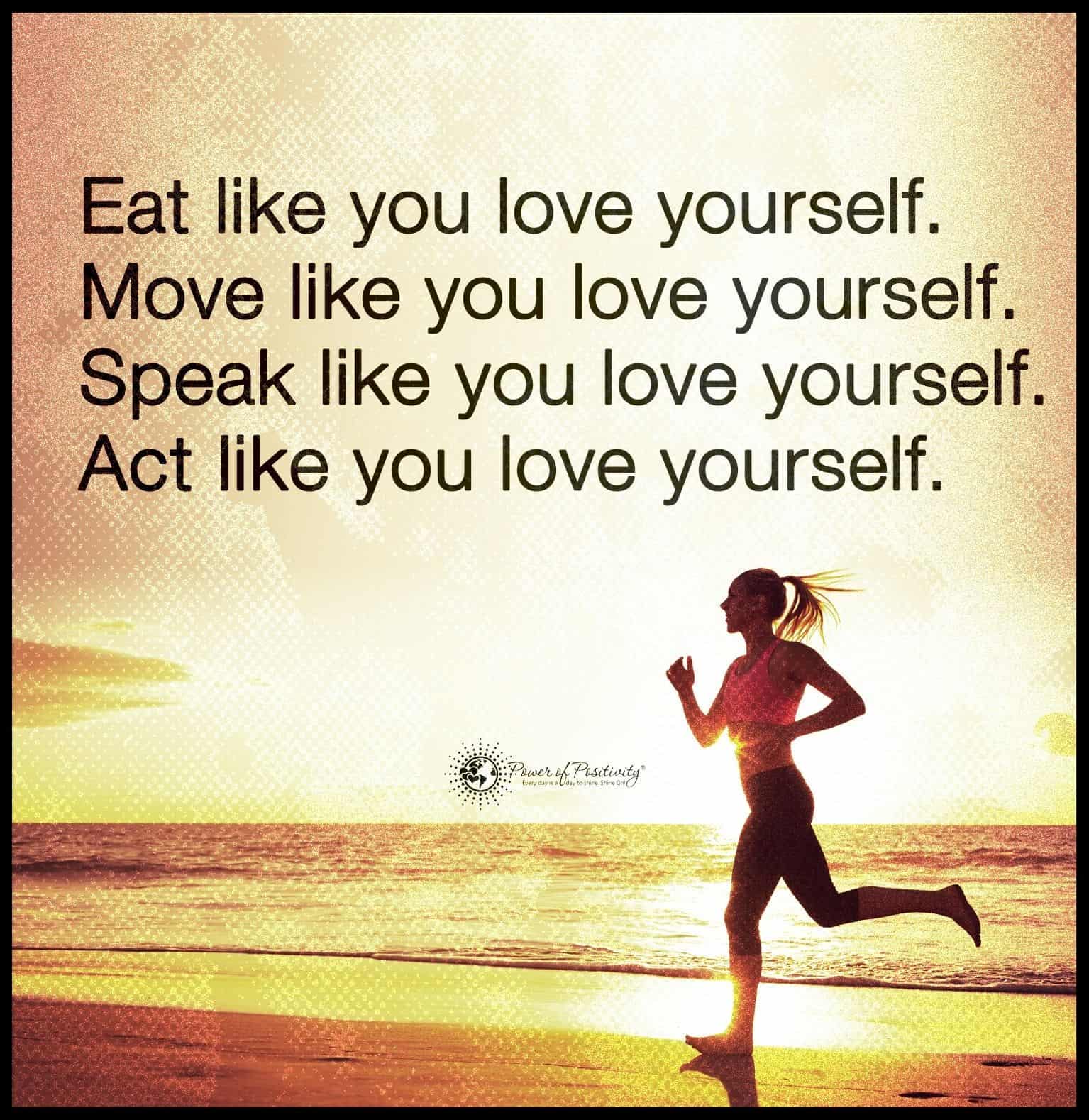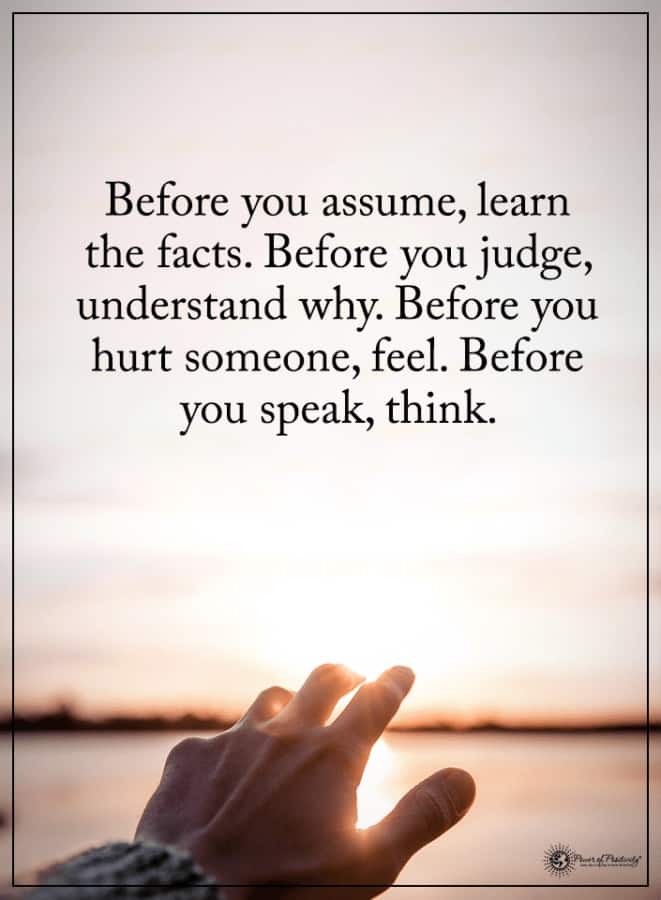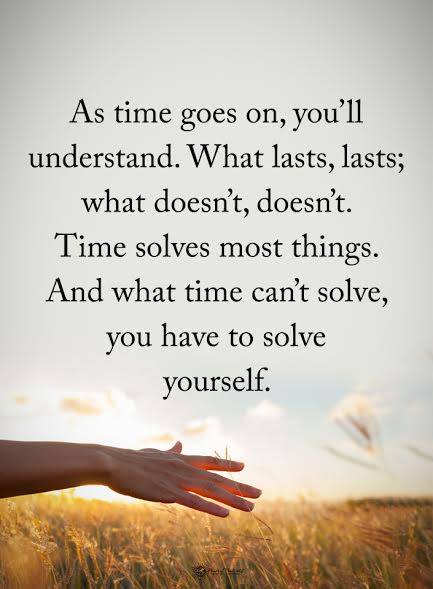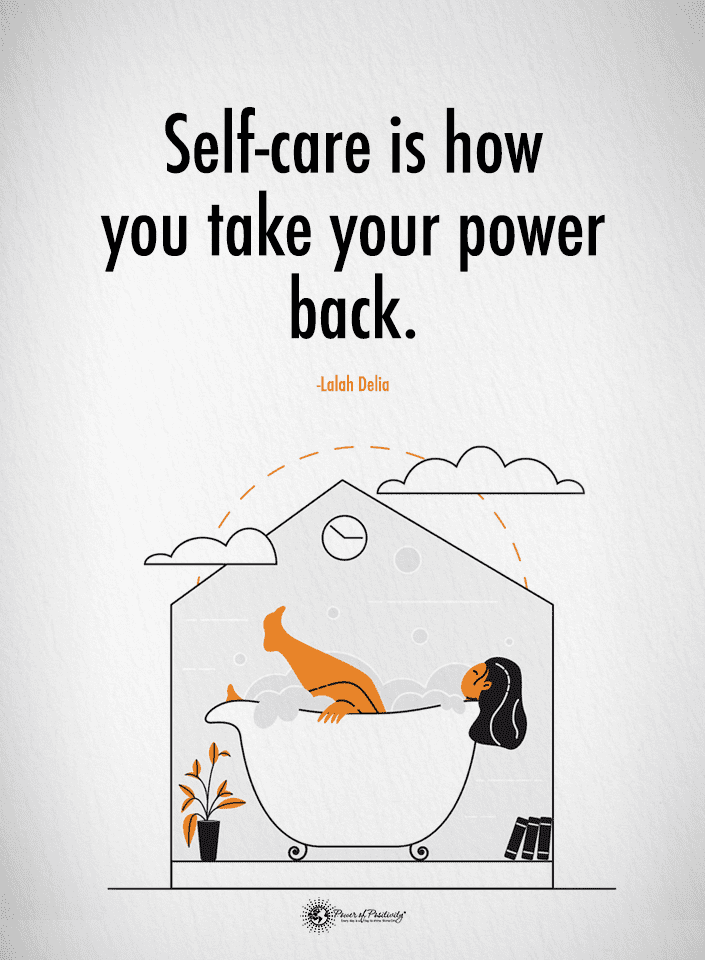Did you know: The theory and practice of acupuncture dates back to around 6000 B.C.? 2000 years before the modern era – ancient history in other words. In this period, needles did not exist; instead, sharpened stones and bones were used for acupuncture treatment.
Fast-forward 8,000-plus years, and – in addition to being far more advanced – acupuncture is gaining ground as a complementary therapy in modern medicine.
The Theory and Practice of Acupuncture
While we’re not going to incessantly dwell on the theory and practice of acupuncture, it is nonetheless helpful to understand the basics of both.
Back (way back) in the day, the founder of Chinese Medicine, Huang Di Nei Jing, theorized that the human body possessed an internal energy force, called Qi (pronounced “chee”). The book containing Jing’s theories, Yellow Emperor’s Classic of Internal Medicine, is said to be the oldest textbook in the world.
Jing postulated that “all essential life” – the emotional, mental, and spiritual elements – is affected by the flow of energy. Furthermore, that any disturbance to this internal flow of energy manifests into pain and suffering.
Qi travels throughout the human body through pathways, or meridians, in pairs along both sides of the body. In total, there are 14 “main meridians” that run vertically along the body’s surface, comprising 28 total pathways. Of this total, 24 pathways run through the body’s main organs.
Acupuncture points are locations on the body’s where the Meridians surface (on the skin). These points are accessible for “needling,” the method of inserting a needle along a predetermined meridian. There are 350 acupuncture points where needles may be inserted. The purpose of needling is to redirect the flow of energy – to bring Qi back into balance. Correctly done, this needling procedure may alleviate numerous illnesses and symptoms.
Per the World Health Organization (WHO), acupuncture is “effective” for treating 28 conditions, though evidence suggests it may have therapeutic qualities for several others.
Acupuncture Uses
Pain
In a 2014 study published in the Journal of the American Medical Association (JAMA), researchers conclude:
Acupuncture is effective for the treatment of chronic pain and is therefore a reasonable referral option. Significant differences [among study participants] indicate that acupuncture is more than a placebo.
As mentioned, acupuncture is recognized as a treatment method for various conditions. Board Certified Acupuncturists cite the procedure as tremendously useful for those experiencing “pain that results from repetitive strain and stress.” Aside from headaches and migraines, acupuncture has proven to be helpful in combating neck and shoulder pain.
Mental Disorders
Aside from being an excellent treatment option for pain, acupuncture may also be helpful in treating mental ailments. Anne Adametz, a Board-Certified Acupuncturist, explains that the procedure is an excellent option for individuals suffering from anxiety and depression. She attributes the stress-relieving properties of acupuncture as a catalyst for the relief of body tension, sleep disorders, and anxiety disorders.
Acupuncture has also demonstrated to be a potential treatment for fibromyalgia patients. This discovery falls in-line with the previous conclusions made from the abovementioned JAMA study, as fibromyalgia is classified as a chronic pain disorder.
Fibromyalgia
Fibromyalgia symptoms include: moderate or severe fatigue, muscle stiffness, insomnia (or other sleep pattern disorders), muscle symptoms, headaches or migraines, and mood disorders. Chronic muscle pain and extreme fatigue are the predominant symptoms of fibromyalgia – and may significantly benefit from acupuncture.
In a 2006 study by the Mayo Clinic, the authors conclude:
“We found that acupuncture significantly improved symptoms of fibromyalgia. [Improvement] was not restricted to pain relief and was most significant for fatigue and anxiety.”
Irritable Bowel Syndrome (IBS)
IBS is a common disorder that affects the large intestine and colon. The symptoms of IBS are numerous and include: abdominal pain, bloating, constipation, cramping, and diarrhea.
A chronic condition, IBS is diagnosed to nearly 45 million Americans annually. Two-thirds of IBS patients are women. Though traditional treatments (diet changes, stress management, medication) have been effective for some, others continue to suffer a diminished quality of life.
Fortunately, acupuncture has shown some promise for this disorder as well. A meta-analysis (analysis of multiple studies and treatment outcomes) of research studies spanning nearly 50 years found that acupuncture demonstrates “clinically and statistically significant control of IBS symptoms.”
Other Potential Uses
Acupuncture has also shown tremendous promise in the treatment of various other conditions; all of which are backed by scientific studies. Some of these conditions include:
– Increased fertility
– Reduction of Parkinson’s symptoms
– Treatment of Generalized Anxiety Disorder (GAD)
– Treatment of arrhythmia (irregular heartbeat)
– Improvement of muscular atrophy
– Treatment of hypertension (high blood pressure)
One Final Note
Aside from the conditions listed above, researchers continue to evaluate the efficiency of acupuncture for many other ailments.
If you are inclined to give acupuncture a shot (pun not intended), take the proper precautions when choosing a practitioner. Below are some recommendations from Board-Certified Acupuncturist, Anne Adametz:
– Avoid practitioners who offer “dry needling.”
– Inquire about the practitioner’s educational background. (Adametz recommends a Master’s degree in Acupuncture and 3 to 5 years’ experience.)
– Ask if the practitioner is board certified.
– Ensure that you “feel comfortable” with the practitioner and that he or she is a “good fit for you.”











